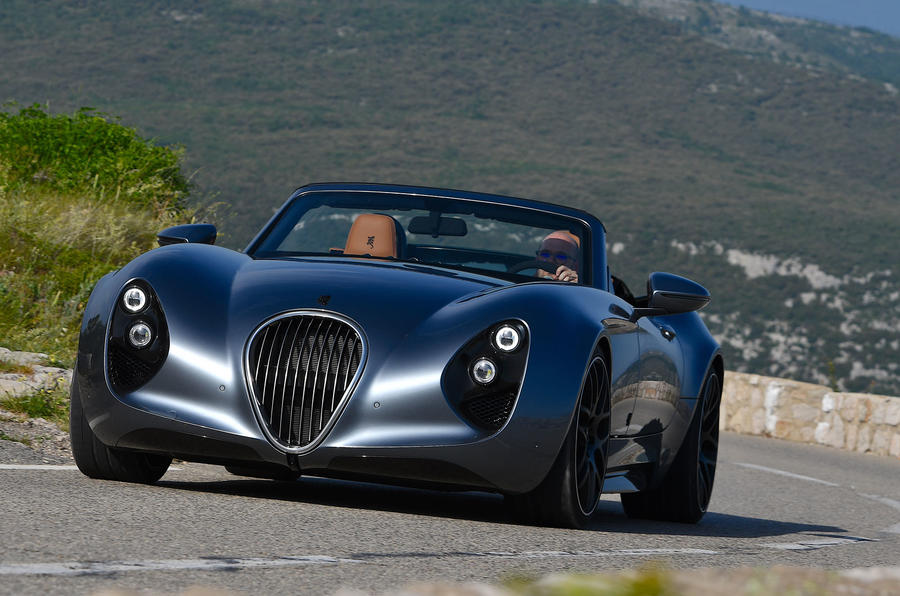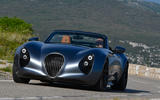If Wiesmann gets its skates on, the end product of Project Thunderball will be a unique proposition: a fully electric roadster that’s focused on driving satisfaction more than outright performance. The Teslarati will of course refer us quickly to the Tesla Roadster of 2008, but we’re looking at something different here. This is a ground-up development, not simply a motor and battery transplanted into an existing chassis.
Project Thunderball’s story began in 2019, when the wilfully retro German car maker launched Project Gecko – its first all-new model in more than a decade after several years of uncertainty over its future. Like the rest of Wiesmann’s back catalogue, it was going to be powered by an engine shipped in from BMW’s M division, until the company pondered offering an electric iteration, too. The idea gathered pace and the resources of Wiesmann’s modest engineering team were quickly pointed in just one direction, as the possibility of bragging rights to the only electric roadster on sale dangled tantalisingly ahead. At least until Porsche launches its much cheaper plug-in Boxster…
“If we were 500 people and could do both ICE and EV at the same time, we would,” says Wiesmann marketing man Arne Kastner. “But as a very small but selective group, we had to make our priorities. It was not easy to convince everybody we should focus on electric, but the more the project progressed, the more fascinating it got. People are afraid of new things, like in all walks of life. We have people who have engineered internal-combustion cars for 40 years and suddenly we’re asking them to do things differently. But we would be kind of stupid to not take this extraordinary opportunity and let others take the first steps instead of us.”









































